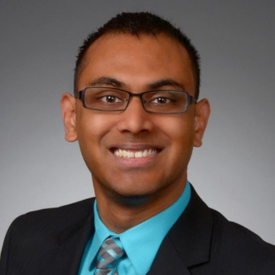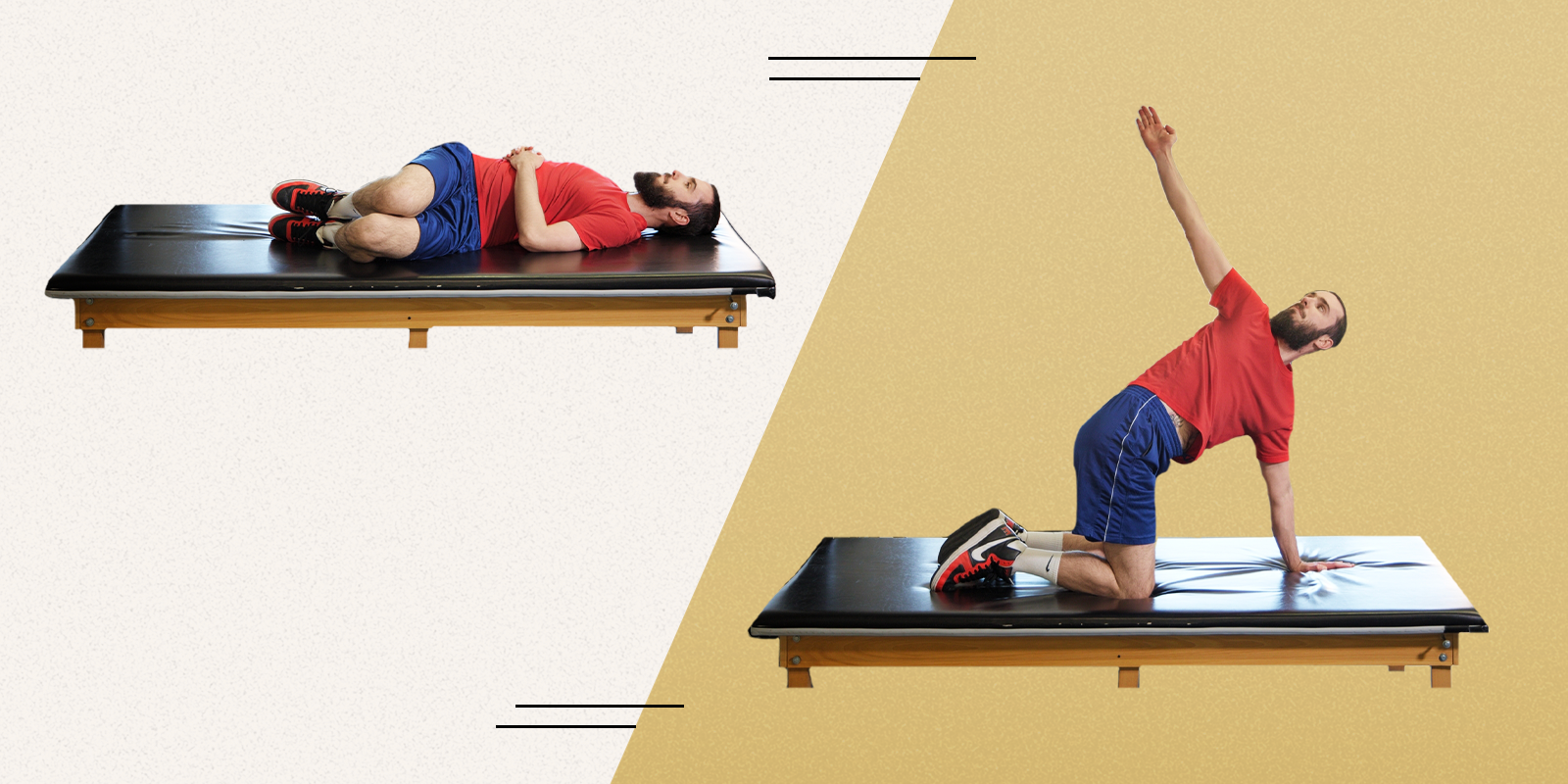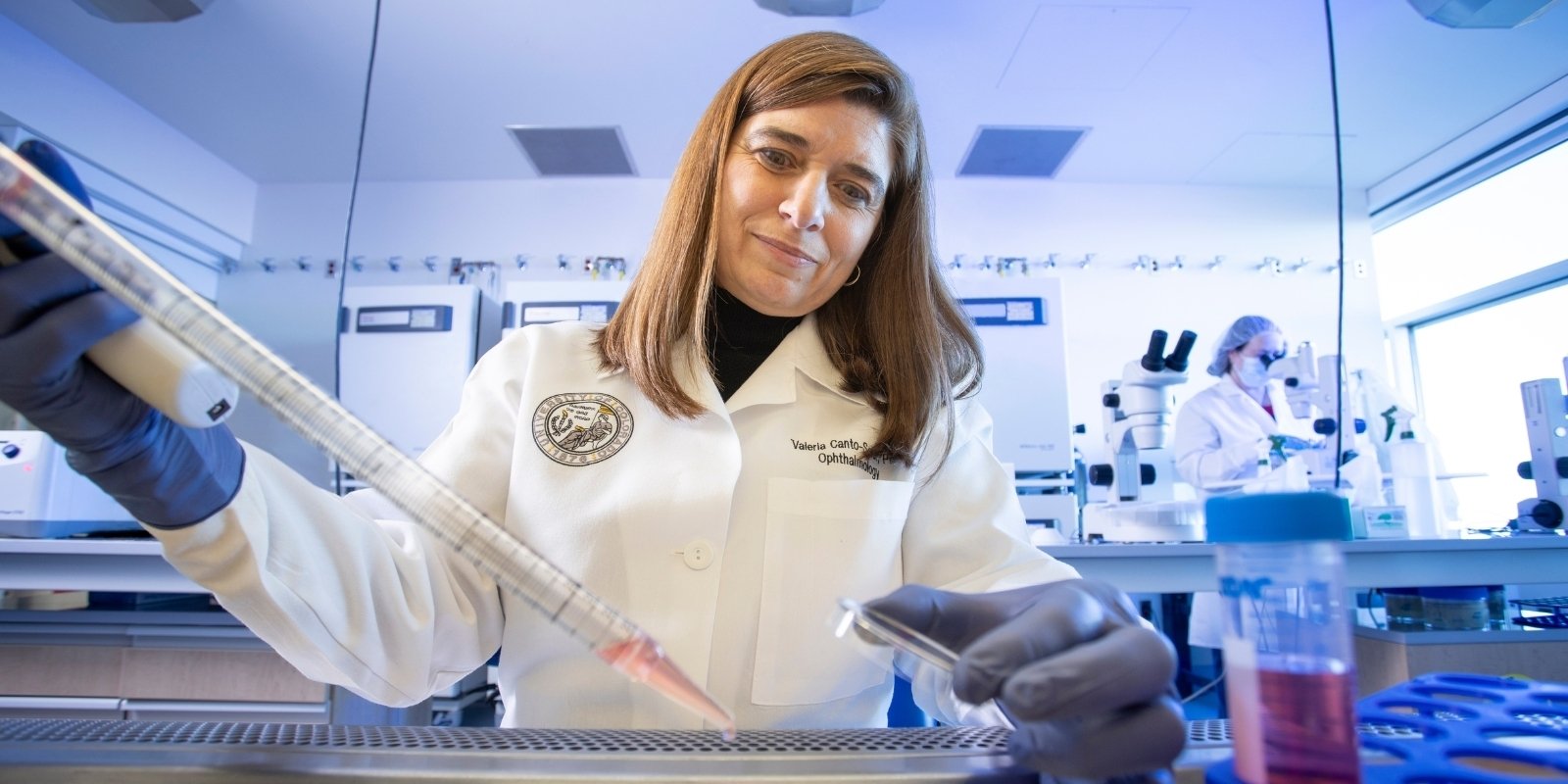Moksha Patel, MD, is a busy man. He recently finished a fellowship in the Division of Hospital Medicine at the University of Colorado School of Medicine where he is now an assistant professor. He’s been appointed lead physician informaticist for the Institute for Healthcare Quality, Safety, and Efficiency at CU Anschutz and is working toward an MBA at CU Denver.
Patel, a thoughtful person with lots of friends and a full life, is thriving professionally. He’s also making up for lost time – when he was a prisoner of his own mind, shackled by severe obsessive-compulsive disorder (OCD), a brain disorder in which unwanted, intrusive and repetitive thoughts cause significant distress and obsessive behavior.
Persons with OCD attempt to alleviate the anxiety, fear or disgust brought on by these obsessions by performing mental or physical rituals, or compulsions.
For Patel, who has had the disorder since he was a child, the obsessions remain. But after undergoing rare deep brain stimulation surgery for OCD at UCHealth University of Colorado Hospital on the Anschutz Medical Campus, a procedure most often used to treat Parkinson’s disease, his symptoms have lessened significantly. And he is slowly taking back his life.
"It’s not gone but, it’s so much better under control. I almost felt like I was suffocating in my own thoughts and then compulsions would take over,” Patel said. “They still come but they’re quieter and less frequent.”
His disorder manifests in germaphobia and fear of contamination, mostly from public restrooms. He would take long showers and scrub his skin raw, sometimes using harsh chemicals to feel clean. These rituals consumed most of his waking hours when he was not working.
“The physical toll of my cleaning rituals was unbearable,” he said. “It would burn my skin and takes hours out of my day, every day.”
And then there are the emotional, social and mental tolls. Patel hasn’t visited his grandmother in England in years. Dating has been difficult and relationships with family members have been strained. Everything from outings with friends to his choice of college had been disrupted by his OCD. He’s tried all the standard therapies and medications, but whatever small relief they provided was minimal and fleeting.
“I come off as very high-functioning, high-achieving,” Patel said. “It’s isolating. People don’t understand me. There is discord between how I look and this true struggle every time I’m in public.”
Finding support and care
When Patel came to CU Anschutz, his supervisor noticed his struggle and connected him with
Rachel Davis, MD, associate professor of psychiatry at the CU School of Medicine and medical director of the OCD Program. Davis is also co-director, with Steven Ojemann, MD, of the OCD Surgical Program, a collaborative venture with the Departments of Psychiatry and Neurosurgery and UCHealth University of Colorado Hospital. This program is one of the few in the country to offer deep brain stimulation (DBS) as treatment for refractory OCD.
During the procedure, electrodes are implanted in the deeper structures of the brain and connected to generators in the chest that deliver small currents of electricity to the brain, similar to cardiac pacemakers. When DBS is successful, the low current of ongoing stimulation reduces the intensity and frequency of obsessions and compulsions, in turn allowing previously ineffective therapies another chance to work.
Davis recognized Patel as a candidate.
“When I first met him, it wasn’t clear to me how severe his symptoms were. He functioned so well at work, and he desired to present himself that way as well,” said Davis. “But it soon became clear to me how disabled he was by his symptoms. He had tried numerous medications in the past that were minimally helpful – if at all. He had participated in extensive exposure and response prevention therapy, and met other criteria for DBS.”
Roots of a rare procedure
DBS for OCD is rare. It was first used to control Parkinson’s tremors in the late 1980s. In 1999, it was used experimentally to successfully manage OCD and received FDA approval through a Humanitarian Device Exemption in 2009. It’s uncommon today partly due to stigma surrounding the use of invasive surgical procedures for mental illness, stemming from an era of imprecise and destructive brain surgeries such as lobotomies in the 1950s and 1960s.
“There wasn’t good regulatory control, oversight or ethical guidelines then, in addition to a near absence of other effective treatments for mental illness,” said Davis. “The type of brain surgery people had for mental illness was often devastating and ineffective. There are now established ethical guidelines and criteria supported by the literature and the consensus of experts, but there is still reluctance, especially when symptoms are invisible or ‘mental,’ such as in OCD.
“We use DBS much more often in Parkinson’s patients, which is also a brain disease, but manifests physically.”
Despite the stigma, DBS study results are promising. Research conducted by Davis shows the procedure often provides relief in patients with debilitating OCD, both by reducing OCD symptoms and improving overall mood.
Fewer than 300 patients around the world have had deep brain stimulation therapy for OCD. At UCHealth, Moksha Patel was patient number eight.
“His ability to tolerate surgery and recover so quickly is due in part to what he has had to endure every single day of his life – he’s used to tolerating hard things and functioning anyway.”
A year in the making
Before DBS, the most serious procedure Patel endured was having his wisdom teeth out. Brain surgery is something else.
“I’ll probably take two weeks off afterward, I have a lot to do,” he said in the months before the procedure. He waited anxiously for a year while his claim made the insurance rounds. Due to the rarity of the procedure, the process felt like a wild goose chase.
Rejected. Appealed. Rejected. Appealed. Finally, with the support of CU Anschutz leadership and so many of his peers and experts in the medical field, coverage was approved.
Patel’s surgery was performed last September by Ojemann at UCHealth. Recovery was rough. The invasiveness of brain surgery and the scars that came with it caused much discomfort. Progress, too, was slow at first, but as stimulator programming ramped up with Davis and the CU Department of Psychiatry, relief began to settle in.
“At first, as I was trying to work on my stimulator settings, I would shift between giddiness and sadness. A real roller coaster,” said Patel. “On the first day I was sent home on one setting and felt mild progress. In a second session later that week, I left with another setting and felt even better.”
In the months following surgery, Patel continued to work with Davis and the psychiatry department, not only to program his DBS, but to also re-engage in intensive exposure therapy. Some sessions have been spent sitting on the floor of a public restroom, inching closer and closer to the toilet, while monitoring his brain waves.
Now, only three months since stimulation was turned on, he’s seen noticeable improvement.
“I feel like I have more control over it, rather than it having control over me,” he said.
Patel’s resilience in treatment and recovery stems from the extraordinary difficulties he’s faced throughout his lifetime.
“What stands out to me about Moksha is that he didn’t have to take leave from work for this – no disability, didn’t quit his job,” Davis said. “His ability to tolerate surgery and recover so quickly is due in part to what he has had to endure every single day of his life – he’s used to tolerating hard things and functioning anyway.”
“But I want to let others know that there is hope, and they’re not alone. Treatments and care are evolving. There is something out there that can help you.”
Engaging in life
Patel was back to work soon after the procedure and continues to adjust to life with a quieter mind. He proactively self-referred to a physician monitoring program through Colorado Physician Health Program prior to his surgery. They had and have no concerns about his ability to practice safely.
He recently visited Disney World with his sister. Traveling is easier now, as is being away from home for hours or days at a time.
“I’m much happier and able to enjoy things,” he said. “Day to day, I still need to break habits that have been building for 25 years, but it’s so much less of a toll on me mentally.”
He has started dating and is making an effort to be more sociable. He’s also taking on more work responsibilities.
“I am more engaged in life now,” he said. “Not stuck in my head.”
Patel also wanted to share his story publicly to address stigma around OCD and its treatments. He wants to give hope, he says, to the millions of people just like him, struggling with something others don’t understand.
“We speak openly about other diseases and their treatments. There are a lot of diseases people deal with and struggle with, but because OCD is behavioral, it seems like a choice. People are more understanding these days and are willing to open up about it,” he said. “But I want to let others know that there is hope, and they’re not alone. Treatments and care are evolving. There is something out there that can help you.”





